Romantic Baščaršija
And other Sarajevo attractions.
Baščaršija & Other Sarajevo Attractions
Baščaršija is the heart of old Sarajevo with pedestrian stone-clad alleys and squares between lively coppersmith lanes, grand Ottoman mosques, caravansaray-restaurants and lots of inviting little cafes and ćevapi eateries. Today Baščaršija is the major tourist attraction of Sarajevo that earned a place on UNESCO’s tentative list of World Heritage SItes.
Baščaršija was built in the 15th century when Isa-Beg Isaković founded the town. The word Baščaršija derives from the Turkish language. The word “baš” (“baş” in Turkish) literally means “head”, in some contexts however also “primary”, “main”, “capital” and “čaršija” (“çarşı” in Turkish) means “bazaar” or “market”. Due to the large fire in the 19th century, today Baščaršija is half the size that it once was.
The visitsarajevo.ba website offers a comprehensive PDF Guide for all-things-Sarajevo, providing visitors and tourists with a comprehensive overview of the city’s top attractions, cultural landmarks, natural getaways and hidden gems. From exploring historic sites like Baščaršija and the Latin Bridge to discovering local cuisine and outdoor activities, the guide ensures a well-rounded experience for every traveler. Packed with practical tips, detailed maps, and event recommendations, it’s the ultimate resource for planning an unforgettable visit to Sarajevo.
The main attractions are:
• Emperor’s (Careva) Mosque (1457) – is the first mosque to be built after the Ottoman conquest of Bosnia. It is the largest single-subdome mosque in Bosnia and Herzegovina, built in the classical Ottoman style of the era.
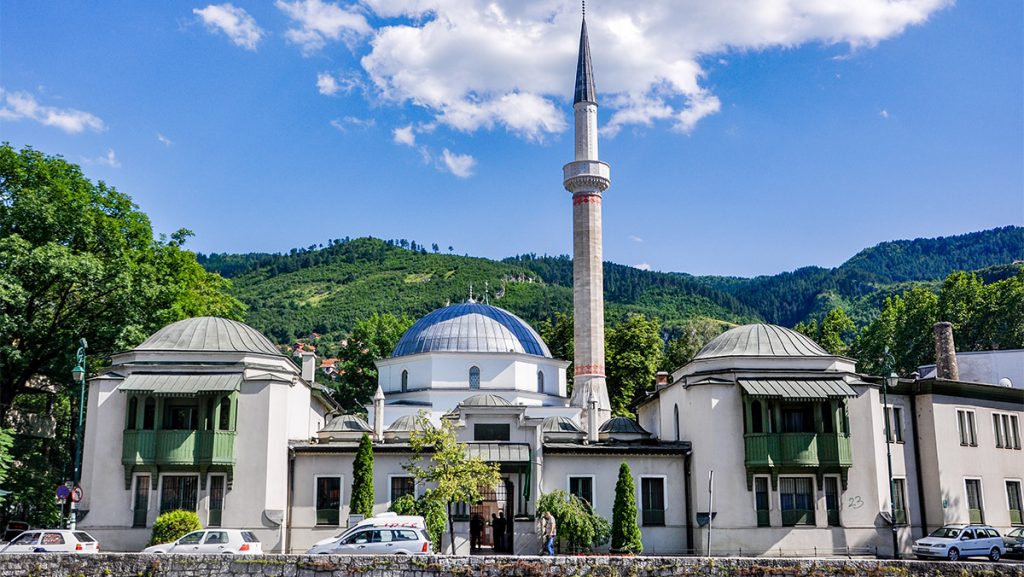
• Gazi Husrev-Bey Mosque (1532) – is the largest historical mosque in Bosnia and Herzegovina and one of the most representative Ottoman structures in the Balkans. Being the central Sarajevan mosque since the days of its construction, today it also serves as the main congregational mosque in Bosnia and Herzegovina and is regularly visited by tourists.
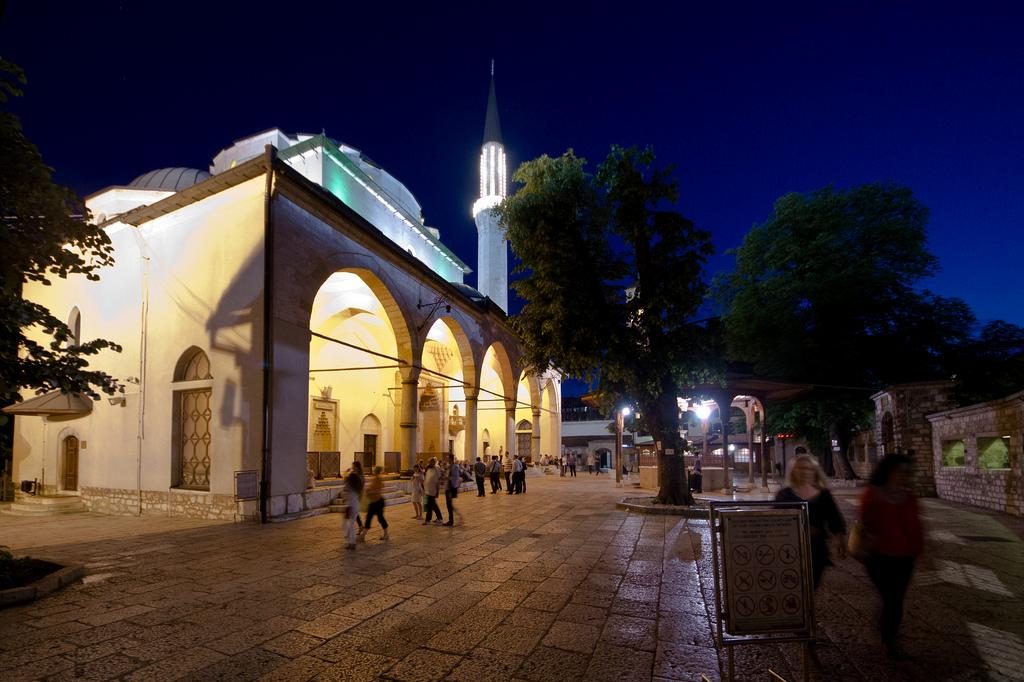
• Gazi Husrev-Bey Hamam (traditional bath) (1537) – is the last preserved public bath in this region. It was built after 1537. It has not been used as a bath since 1914.
• Isa-Bey Hamam (traditional bath) (1890) – was built in 1890 and is in the place of an old Waqf building that carries the same name and had the same purpose. The Old Bath is mentioned first time in 1462 but the details of the structural and architectural dynamics of the building are unknown. Today the building is used as a hotel – Isa Bev Hamam Boutique Hotel.
• Gazi Husrev-Bey Bezistan (covered bazaar) (1540) – also called Old Bezistan and Great Bezistan, was presumably built around 1540. During the Ottoman period the shops inside traded textiles and the outdoor shops, which ran along the eastern side of the building, sold metalworks and gold and silver jewelry. Today it is a small shopping center while the outside shops still sell gold and silver jewelry. Another structure, Tašlihan (Stone Inn), was built at the same time as Bezistan, along the western wall. The remains of the inn now comprise part of Hotel Europe’s summer garden.
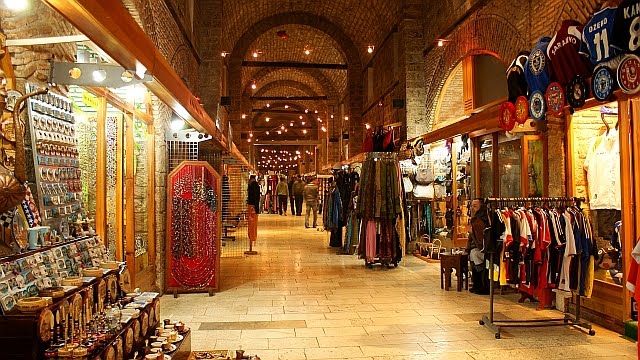
• Morića Han (roadside inn) (1551) – originally built in 1551, it was reconstructed in its current form after a fire in 1697. It is the only surviving han in Sarajevo. Morića Han is considered a true caravanserai (roadside inn) because, when operational, it could accommodate about 300 passengers and 70 horses.
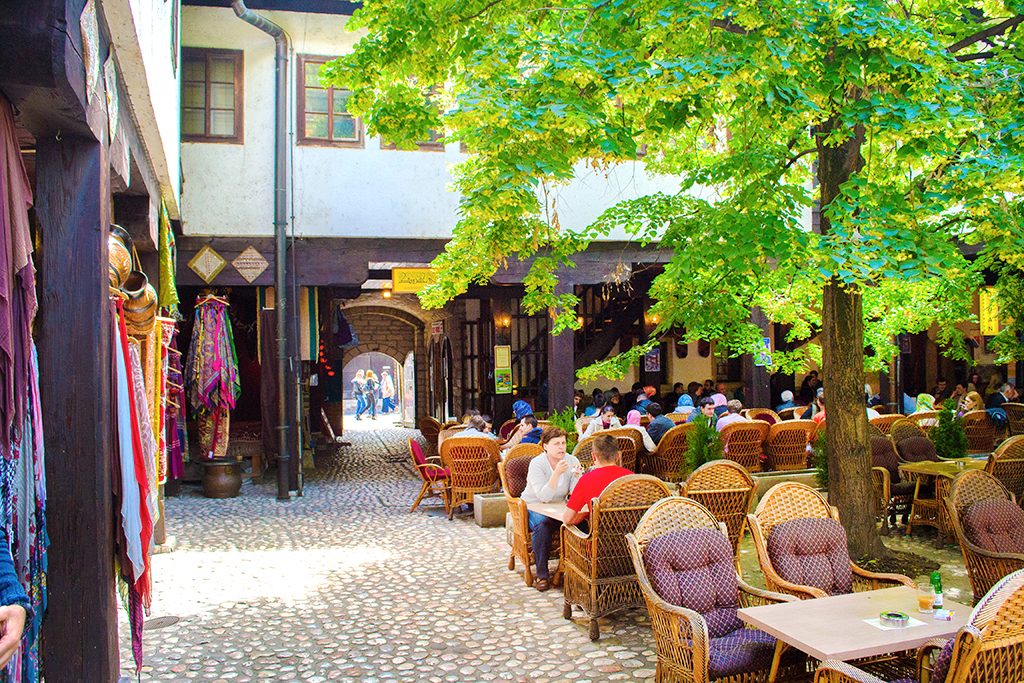
• Sahat-kula (clock tower) (1529) – is not only one of the largest in all of Bosnia and Herzegovina, but it is also believed to be the only clock tower in the world that keeps lunar time making it always seem like it is broken. The current clockwork mechanism was installed in the late 1800’s being imported from the London watchmaking firm Gillett & Johnson. From National Geographic: World’s Last Lunar Clock – Mensur Zlatar, whose surname means goldsmith, has been the keeper of Sarajevo’s prayer time, a posting with the title muvekit, since 1967. You can read more about that here.
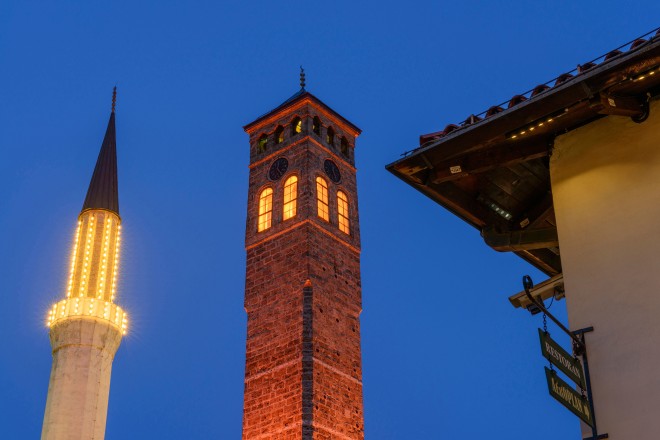
• Old Orthodox Church (1539) – is a Serbian Orthodox church first mentioned in Ottoman sources dating to 1539, the Church was, however, built on older foundations. The church has been burned many times throughout its history, but has always been rebuilt, allowing it to retain an authentic appearance. The last reconstruction was in 1726. The church houses its own museum, which was founded in 1889. Given the value of the icons in its collection, it is considered one of the most important Orthodox museums in the world.
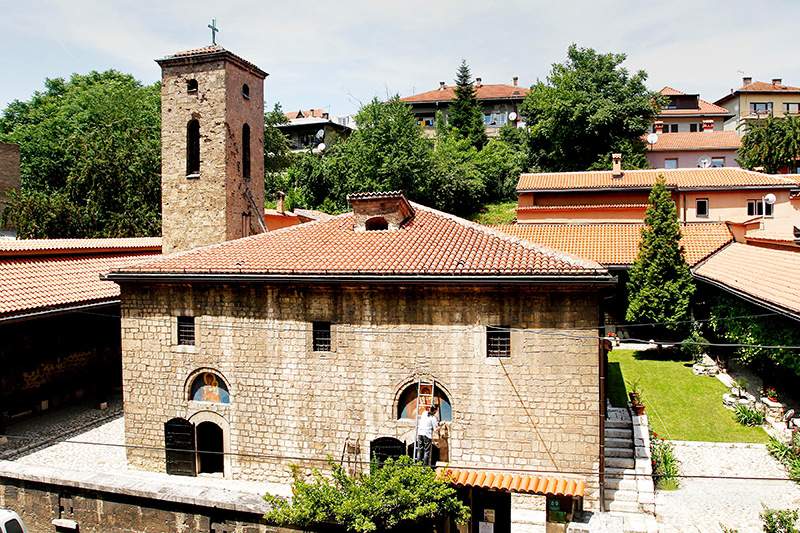
• Catholic Cathedral (the Cathedral of Jesus’ Sacred Heart) – The Cathedral was built in 1889 in the Neo-Gothic style and is the seat of the Archdiocese of Vrhbosna. Josip Vancaš, a Hungarian architect, took his inspiration for the design of Sarajevo’s cathedral from the Notre Dame Cathedral in Dijon, France and St. Teyn Cathedral in Prague. Thanks to Vancaš’ great talent, Sarajevo’s cathedral ended up becoming an entirely new and authentic building, and also fits in beautifully with its surroundings.
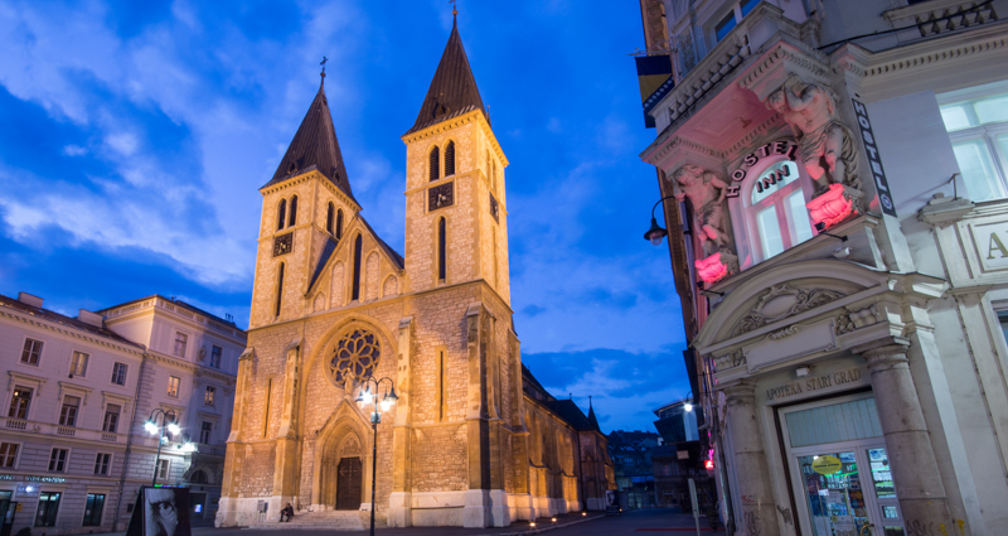
• Orthodox Church (the Congregational Church of the Holy Mother) – The church is the largest Orthodox church in Sarajevo and one of the largest of its kind in the Balkans. The foundation-stone was laid on June 25, 1863 and construction was completed 11 years later in 1874.
• Old Synagogue (Stari Hram or Old Temple) (16th century) – The Old Jewish Temple, also known as the Old Synagogue and the Great Temple (Il Kal Grandi), is the oldest place of worship for Jews in Sarajevo. It was built at the end of the 16th century and destroyed in flames on several occasions, suffering the worst damage in 1697 and again in 1788. The temple’s current appearance dates from 1813, when it underwent reconstruction.
• New (Ashkenazi) Synagogue (Novi Hram or New Temple) (1902) – The temple was designed by the famous architect, Karl Paržik. This was the first religious object to be built in Sarajevo in the Pseudo-Moorish style. It is believed that Paržik’s designs for this Sarajevo synagogue, at that time the third largest temple in Europe, were based on the synagogue in Budapest.
• Vijećnica (City Hall) (1894) – Vijećnica is the most extravagant building constructed in Sarajevo during Austro-Hungarian occupation designed by Alexander Wittek, who had proposed his Pseudo Moorish design – the perfect architectural unity of East and West – for the future seat of the city’s government. Since it first opened on April 20, 1896, the building has become the most important symbol of Sarajevo and is featured as an iconic motif in many photographs of the city. Home to the National and University Library of Bosnia & Herzegovina after World War II, Vijećnica was set ablaze on August 25-26, 1992 during the last war. Vijećnica’s reconstruction got underway in 1996 and the official opening took place on May 9, 2014.
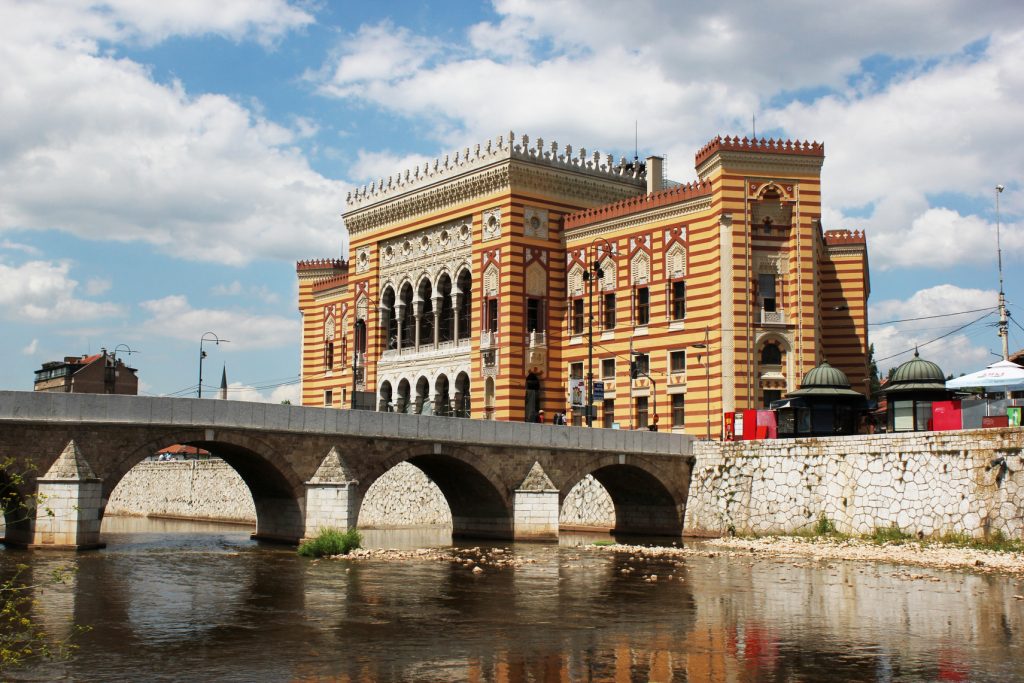
• The Franz Ferdinand assassination spot (Latin Bridge) & Museum Sarajevo 1878-1918 – The Latin Bridge was first mentioned in 1541 as a wooden bridge, finally constructed in its present form in 1798. It was here, just a few steps from the bridge that Gavrilo Princip fired shots that killed Archduke Franz Ferdinand on June 28, 1914. This assassination provided a spark that set a series of events into motion which then led to the outbreak of World War I. The Museum of Sarajevo 1878-1918 across the street is an annex of the Museum of Sarajevo and its permanent exhibit shows Sarajevo during the time of Austro-Hungarian rule (1878-1918).
• Kazandžiluk (master coppersmith street) (16th century) – Kazandžiluk is one of Sarajevo’s oldest and most recognizable streets. Kazandžiluk takes its name from the kazandžijas, master metalworkers and coppersmiths who have made this street their trade base for centuries. Today Kazandžiluk, with its irresistible charm, continues to attract a lot of attention of tourists.
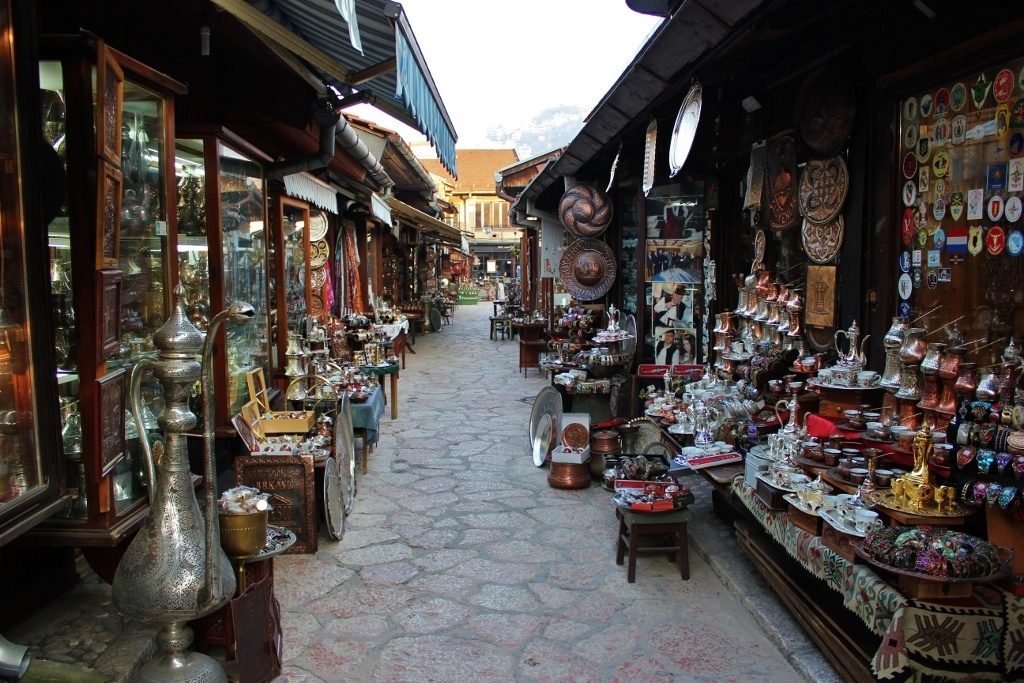
• Svrzo’s House (18th century) – Svrzo House represents one of the most well-preserve.d examples of domestic architecture from the Ottoman Period during the 18th century.
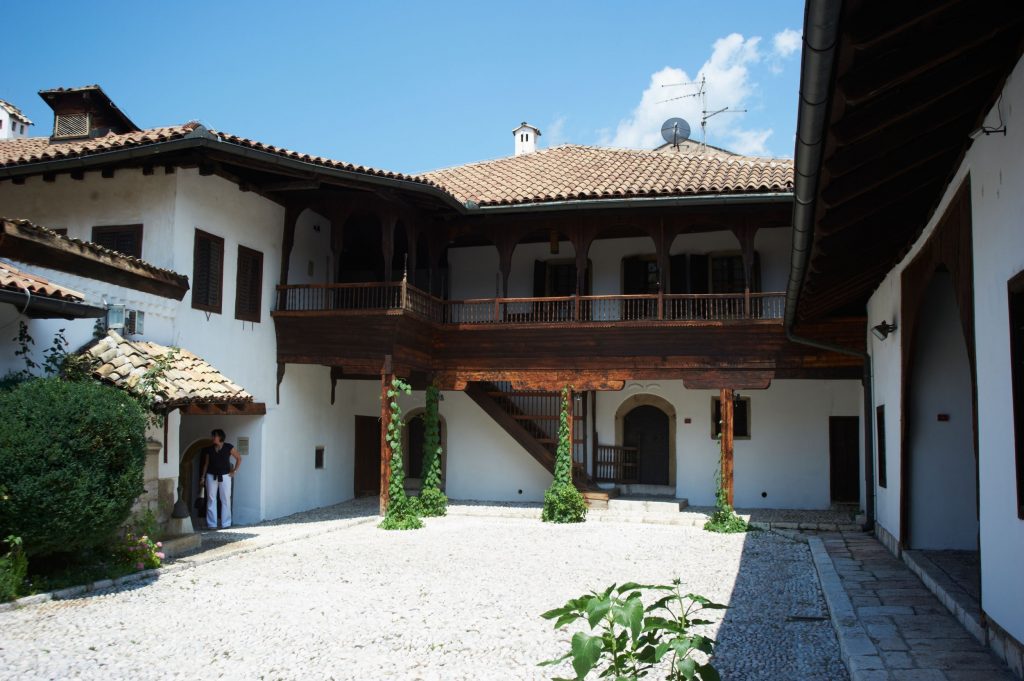
• Ferhadija Mosque – The Ferhadija Mosque (Ferhad Bey’s Mosque) is located right in the center of town, on central pedestrian thoroughfare Ferhadija Street. It is presumed that the mosque was erected sometime between 1561 and 1562.
• Kurshumli Madrasa – Gazi Husrev Bey’s Madresa is the oldest educational institution of its kind in Bosnia and Herzegovina. It was founded in 1537 as a vakuf (endowment) by the Ottoman Governor, Gazi Husrev Bey.
• Saburina House – Saburina House was built in Kovači in the middle of the 18th century and is one of few preserved examples of residential architecture in Sarajevo dating from the Ottoman period.
• Sebilj & Basčarsija Square – The There used to be hundreds of sebiljs (kiosk-shaped public fountains) in Sarajevo, but today the last one is found on Baščaršija Square, where it serves as a major symbol of the city. It is one of the most recognizable symbols of the city.
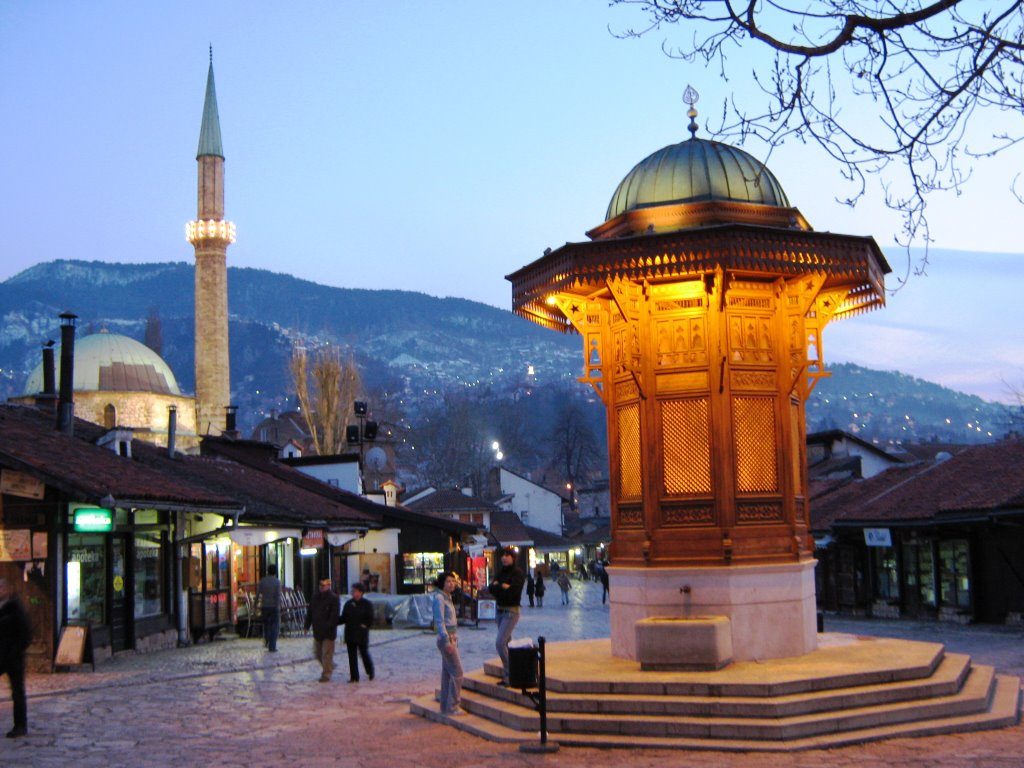
• Brusa Bezistan – The old covered bazaar, Bezistan, which was erected in the heart of Baščaršija in 1551 by Rustem Pasha, Grand Vizier to Suleiman the Magnificent, is now home to an annex of the Museum of Sarajevo, where visitors can view the museum’s permanent exhibits.
• Inat Kuća (House of Spite) – The Austrian – Hungarian government wanted to build the new City Hall on the right bank of river Miljacka. The site was the property of an old man called Benderija, citizen of Sarajevo who did not want to allow them to demolish his house and take his land away. After long negotiations, the stubborn man finally agreed to give up his property under one condition: if they move his house brick by brick to the other side of the river. The government had no choice but to do exactly that in 1895. Thus, the house is known as the House of Spite.
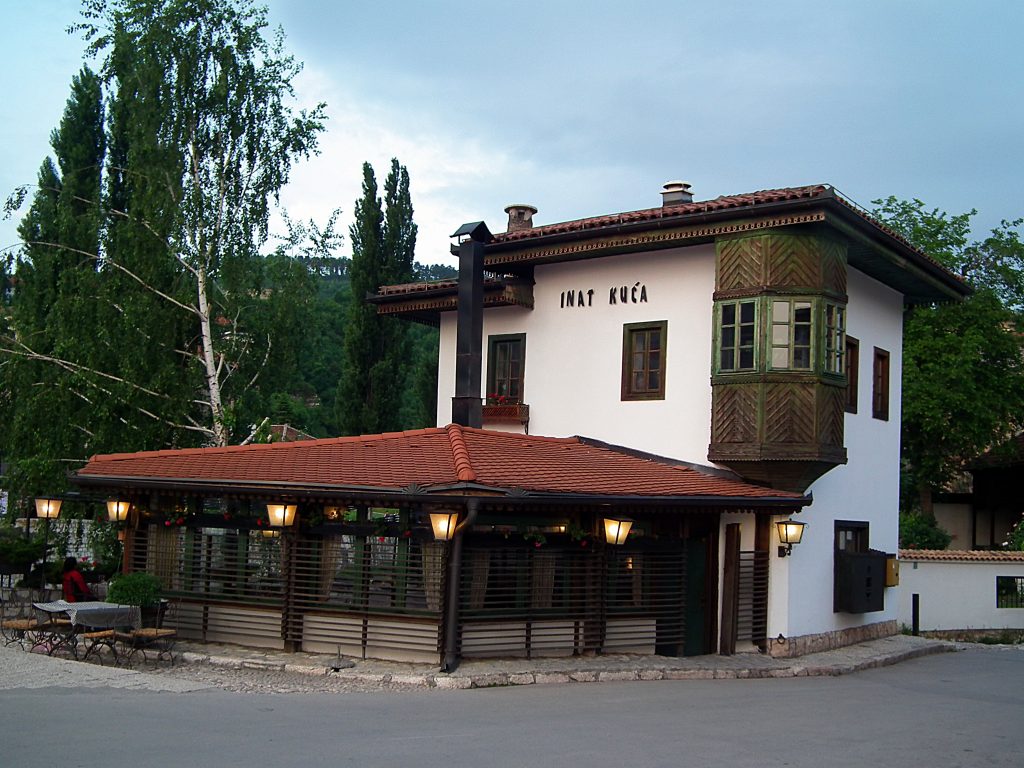
All the attractions in Baščaršija are within walking distance of each other, being located in an area roughly size 750 x 500 meters.
Other attractions in Sarajevo outside of the Baščaršija zone include:
• National Museum of Bosnia & Herzegovina
• Sarajevo Haggadah – kept at the National Museum of Bosnia & Herzegovina – recently nominated for UNESCO’s Memory of the World Program
• Roman Bridge
• Academy of Fine Arts
• The Chapel of the Vidovdan Heroes
• The Franciscan Church and Monastery of St. Anthony of Padua
• Old Jewish Cemetery – in process for nomination for UNESCO’s World Heritage List
• Festina Lente Bridge
• Kozja Ćuprija (Goat Bridge)
• Eiffel’s Bridge
• Vrelo Bosne (Bosnia River Springs) & the Great Alley (Velika Aleja)
• Vječna Vatra (Eternal Flame)
• White Fortress (Bijela Tabija)
• Yellow Fortress (Žuta Tabija)
• Sarajevo War Tunnel
• The Despić House
• At Mejdan Park
• Wilson’s Promenade
Best vantage points:
• Avaz Twist Tower
• Vidikovac
• Zmajevac
Links:
More info about Sarajevo – Destination Sarajevo web site: http://sarajevo.travel/en
Download the Guide2Sarajevo FREE audio guide app. Guide2Sarajevo provides you with everything to make your trip fulfilling and comfortable – city stories and legends, offline and paper maps for navigation. Download the FREE app HERE.
Bascarsija is the cultural heart of Sarajevo and its most visited attraction.



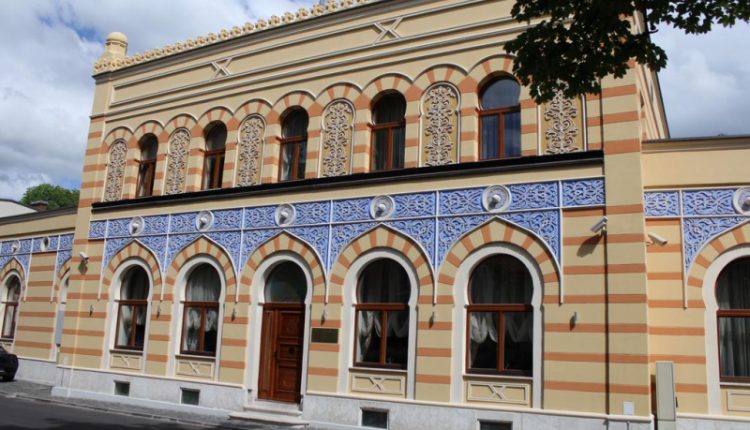
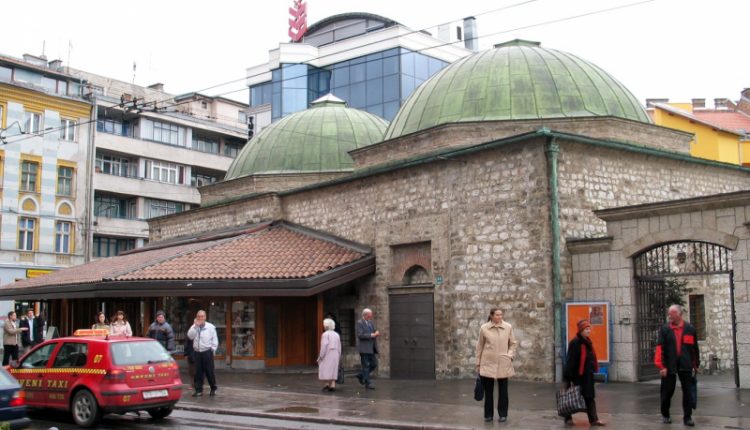
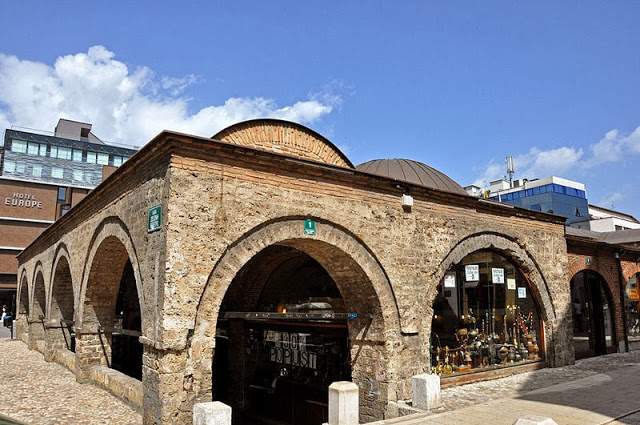
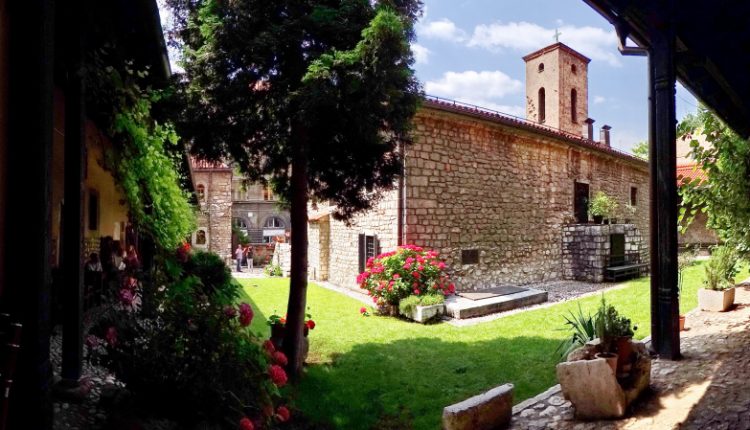
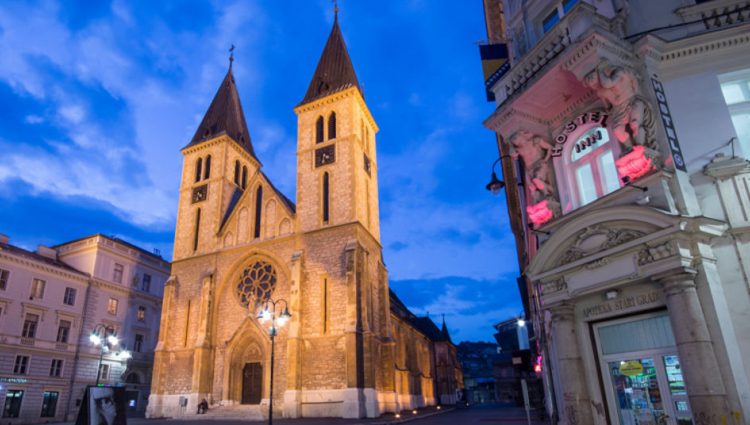
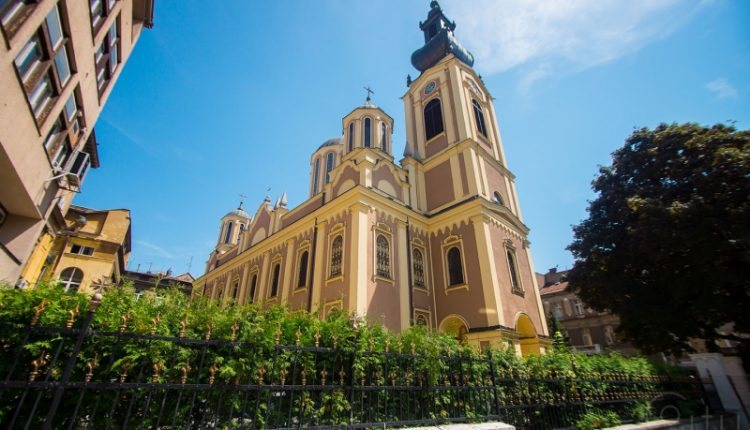
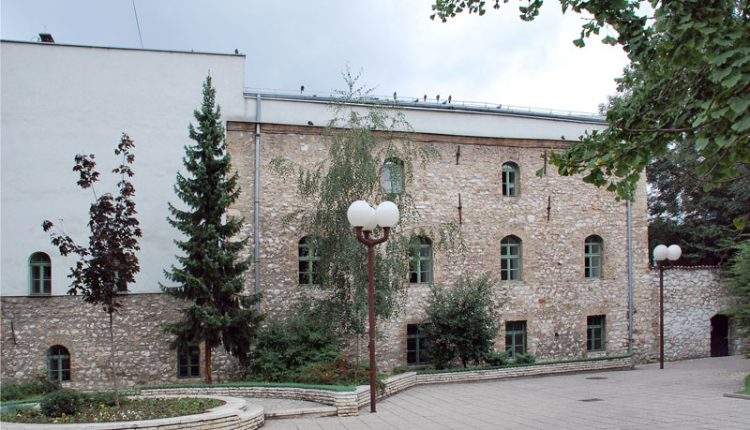
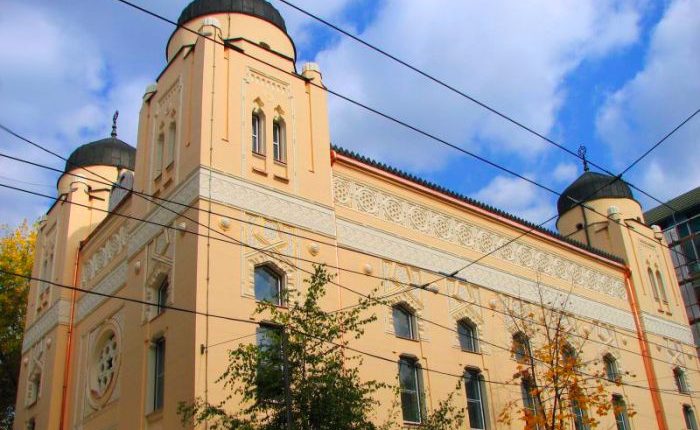
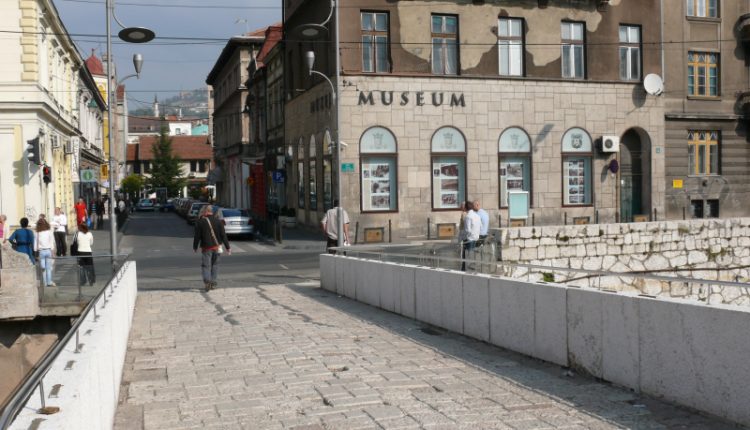
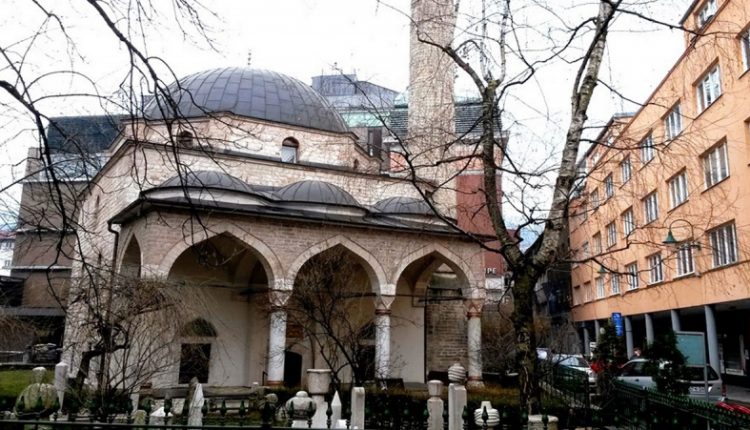
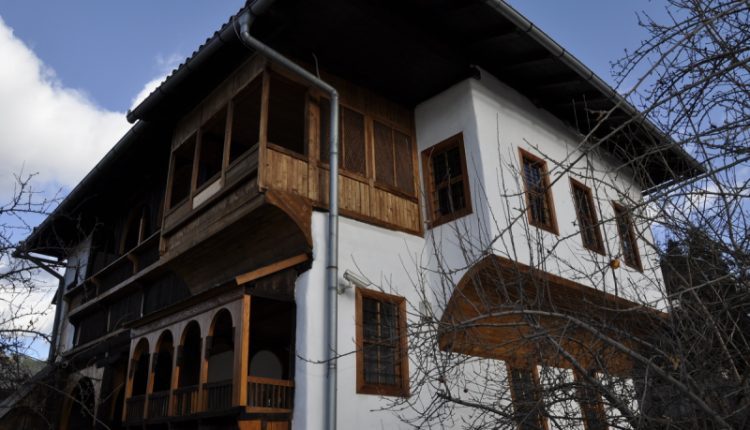
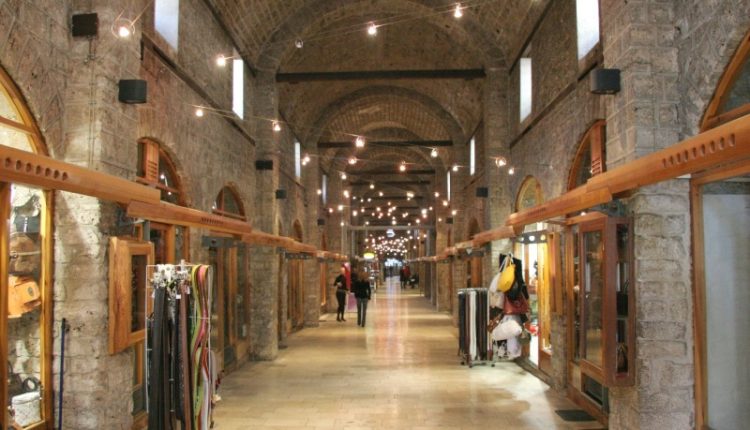
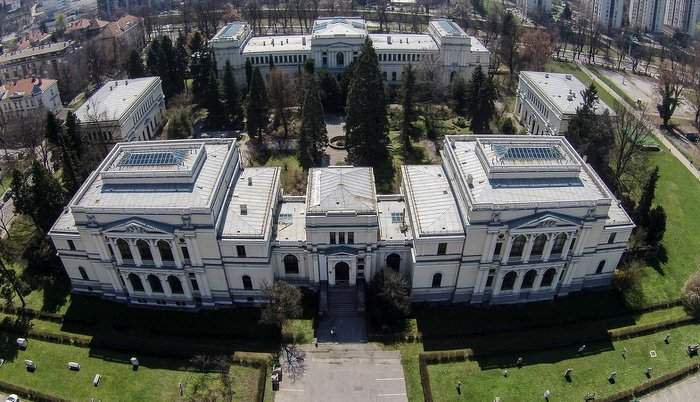
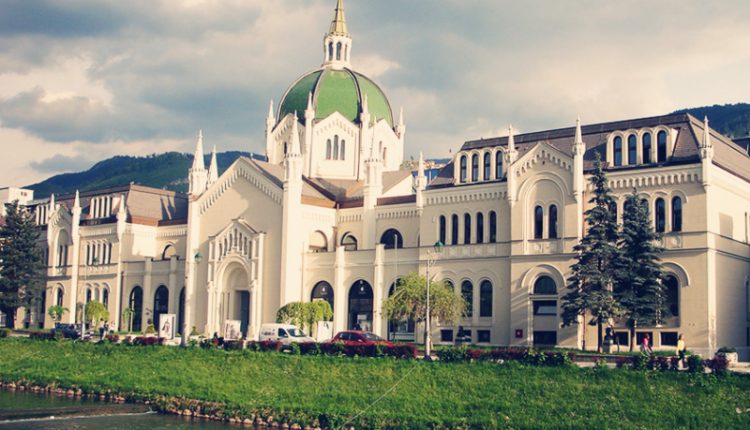
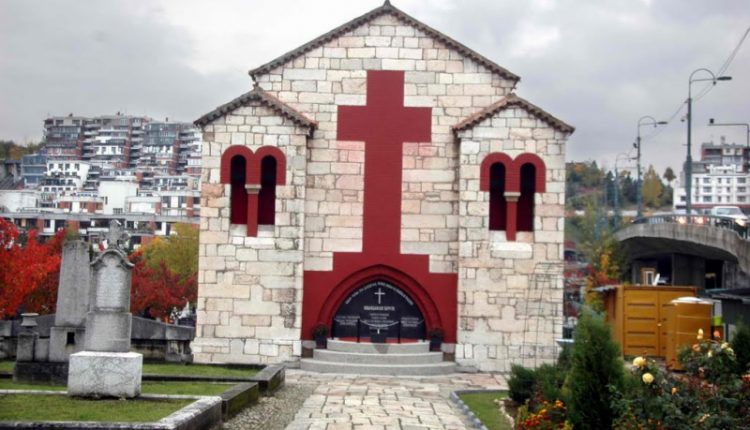
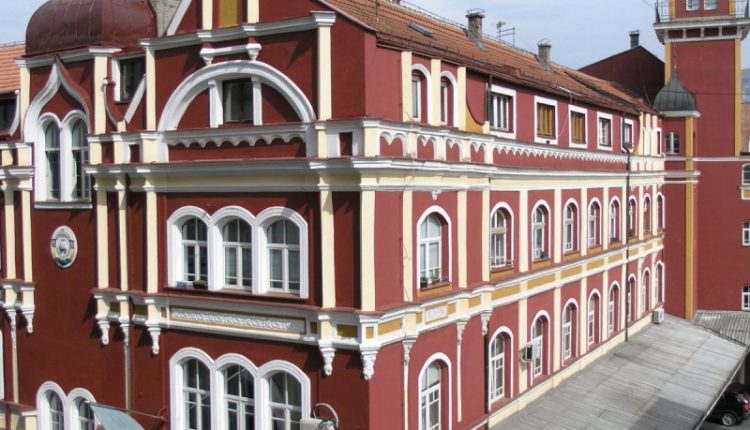
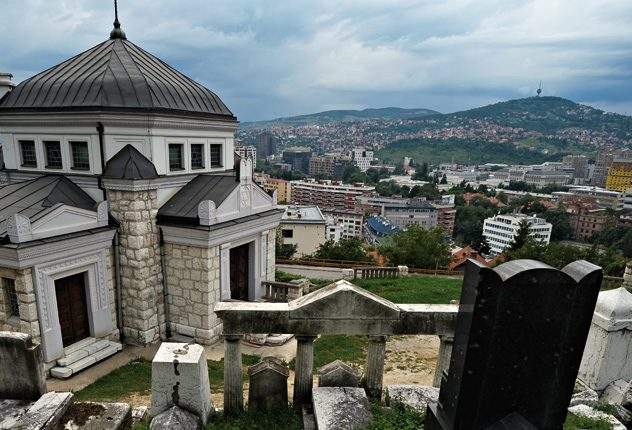
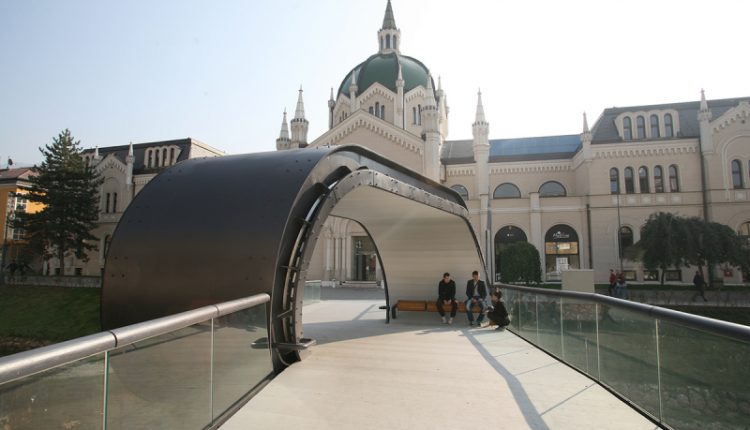
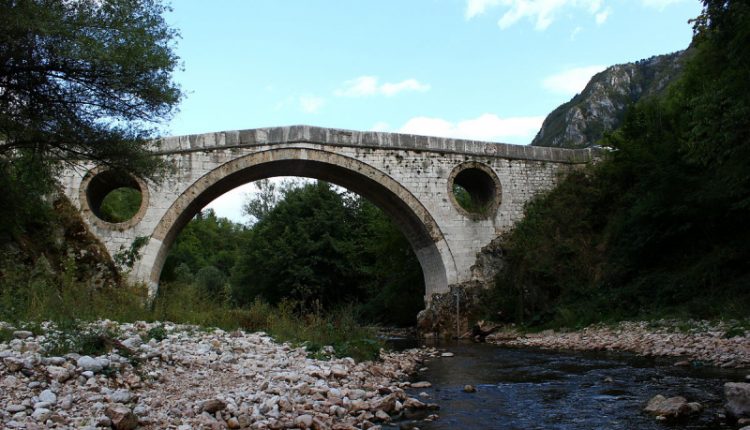
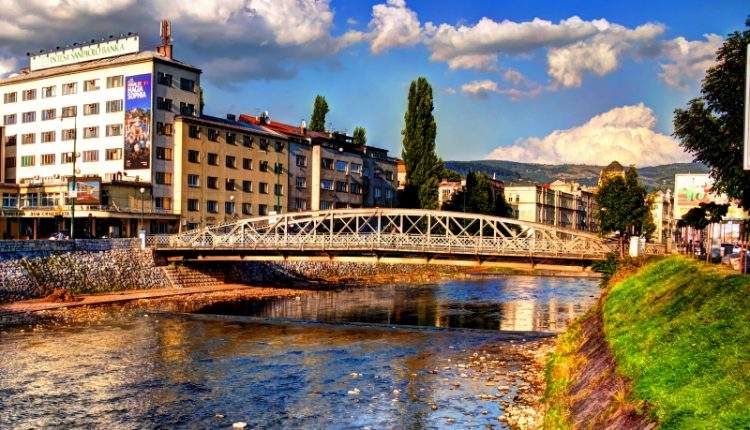
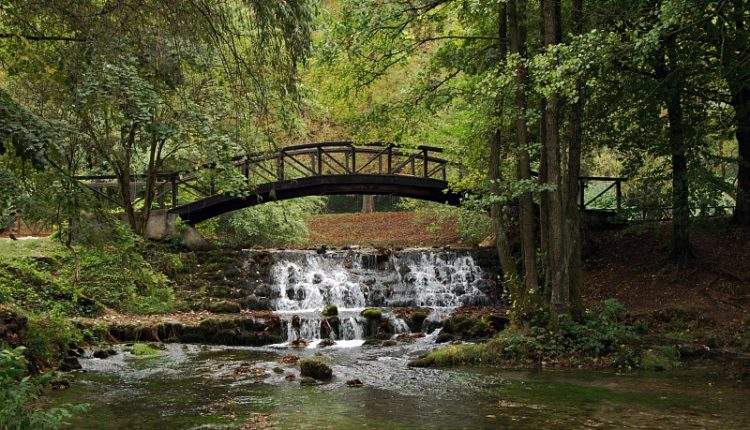
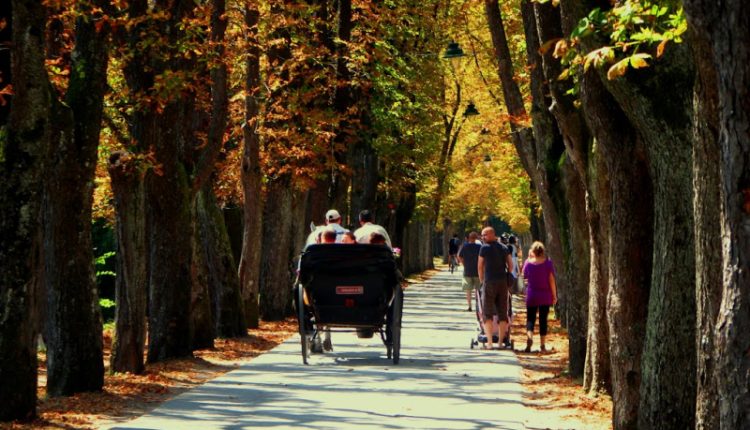
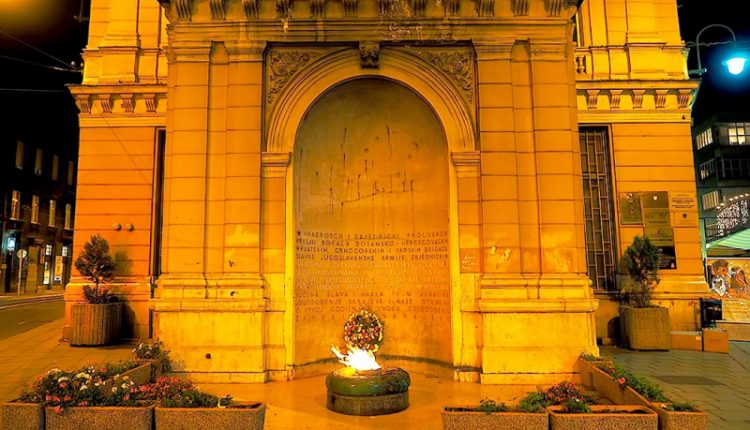
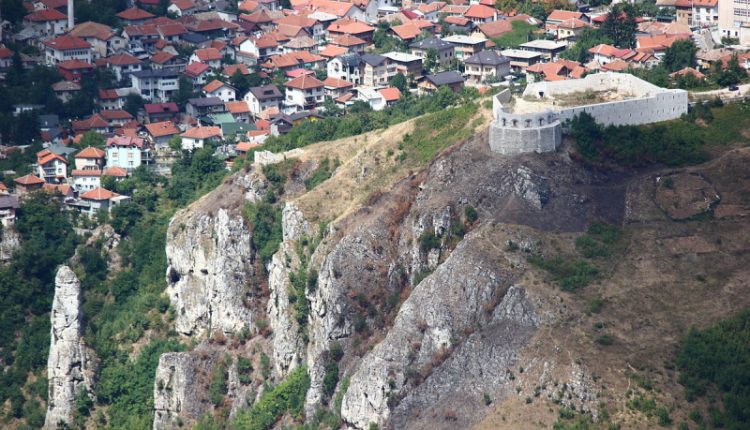
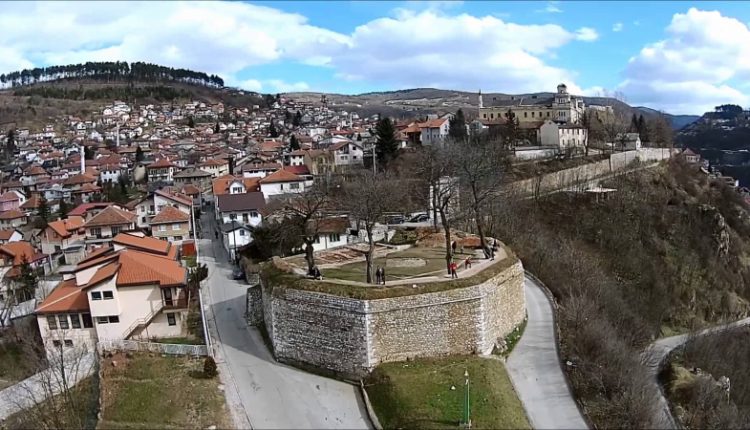
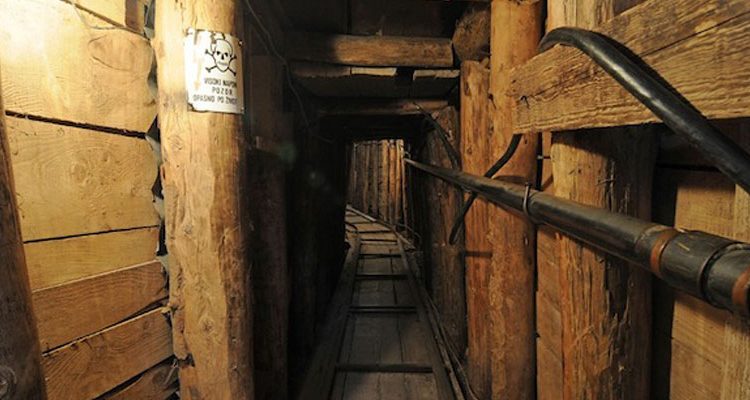
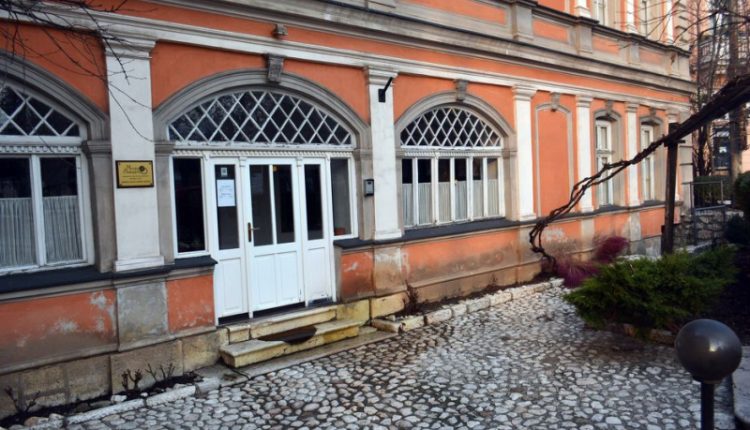
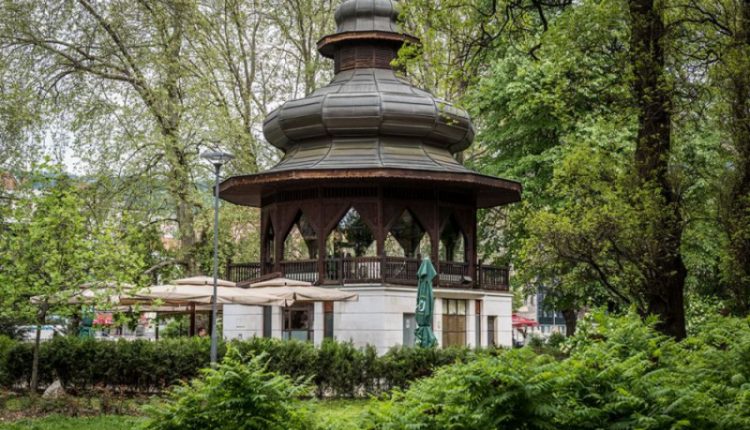
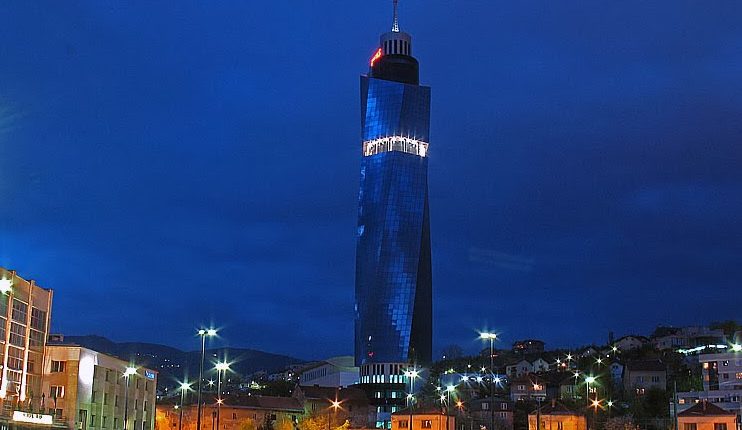
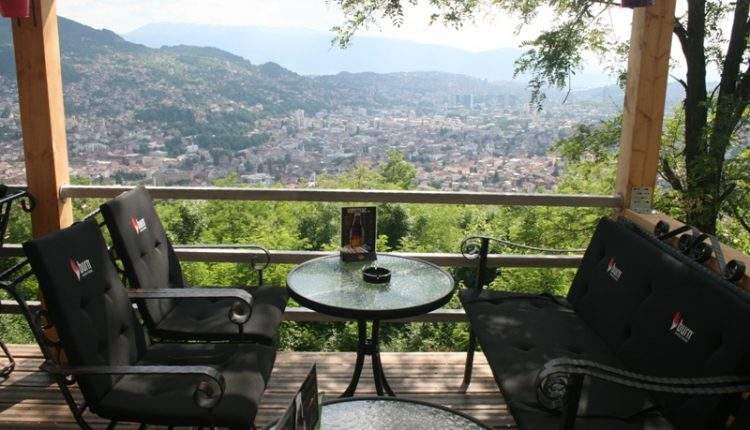
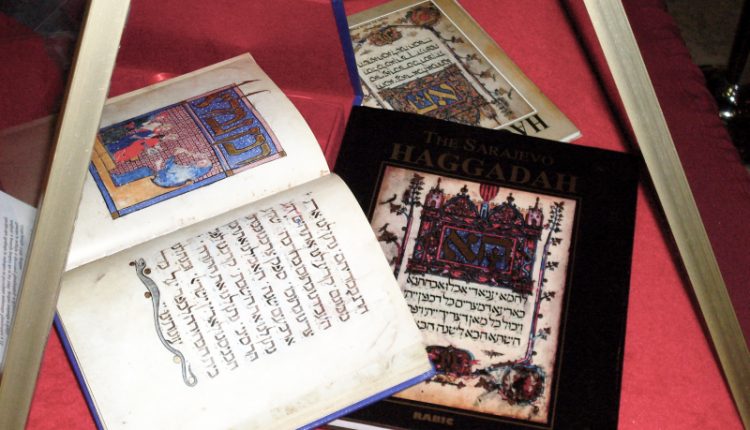
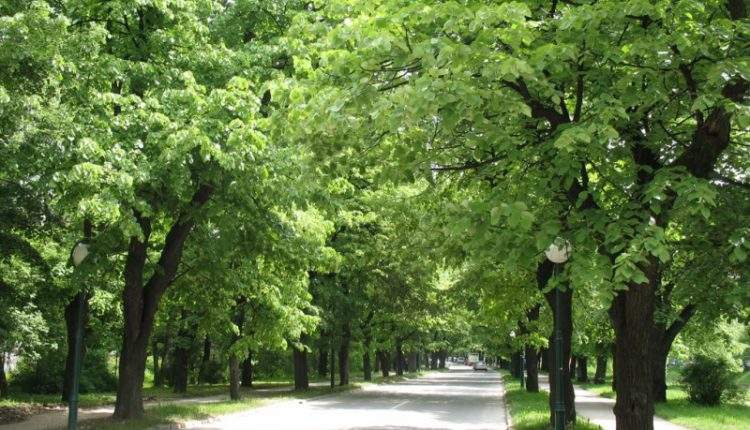
Comments are closed.